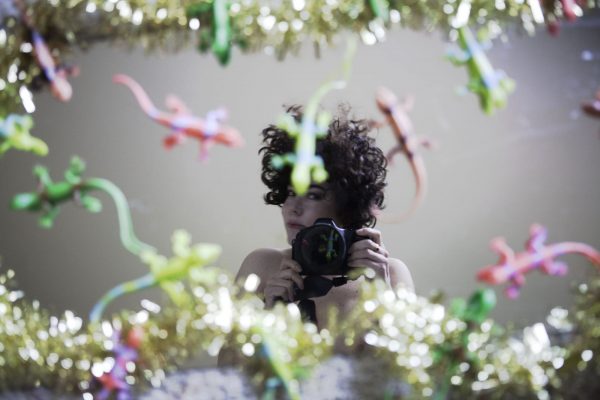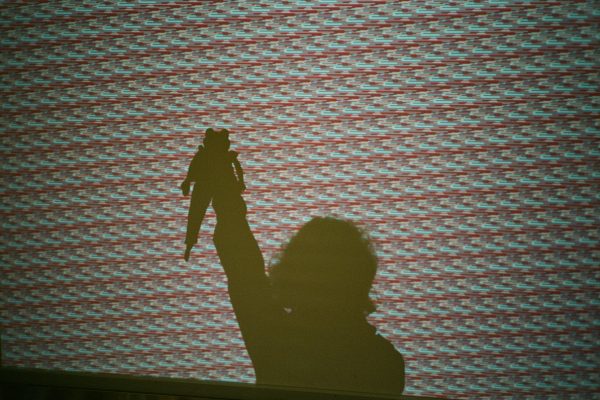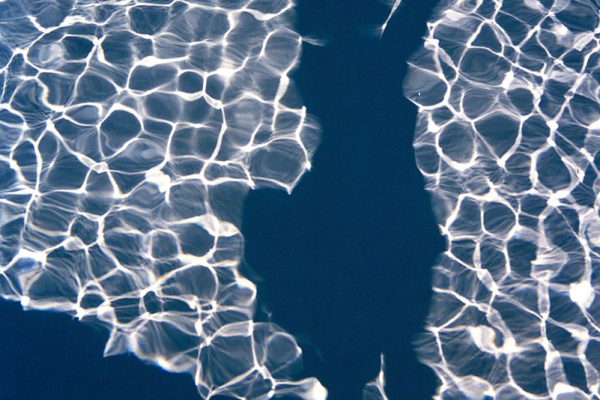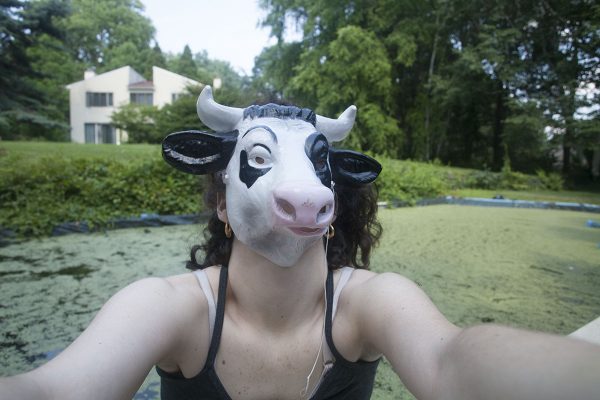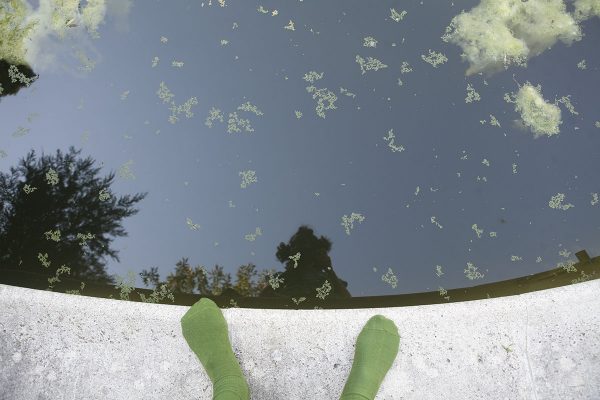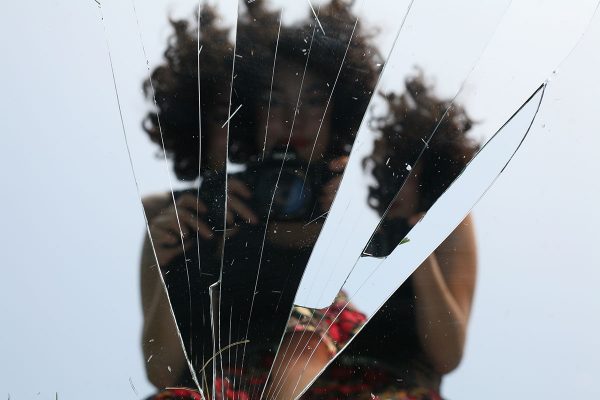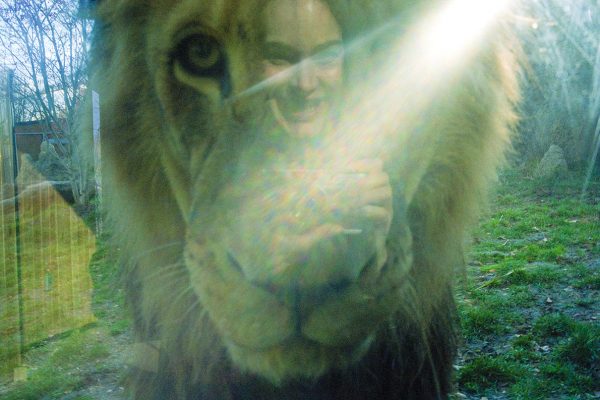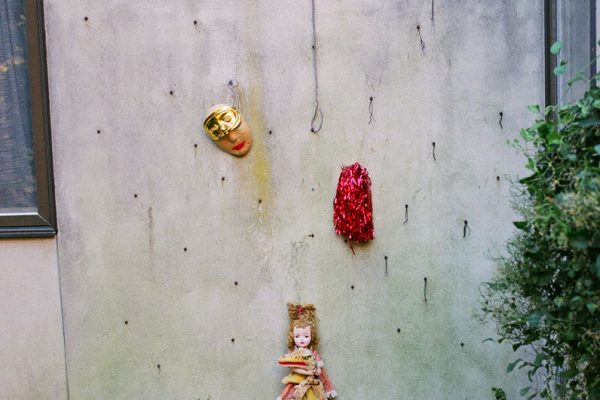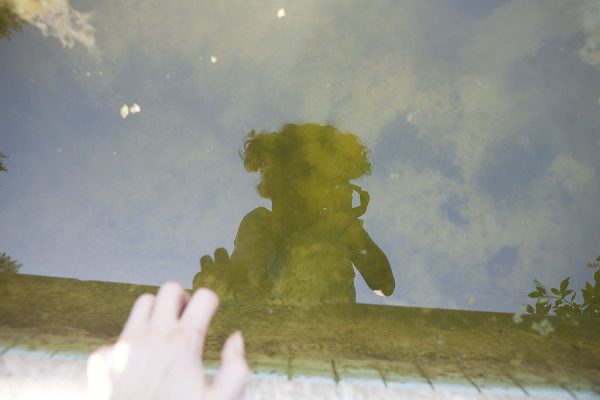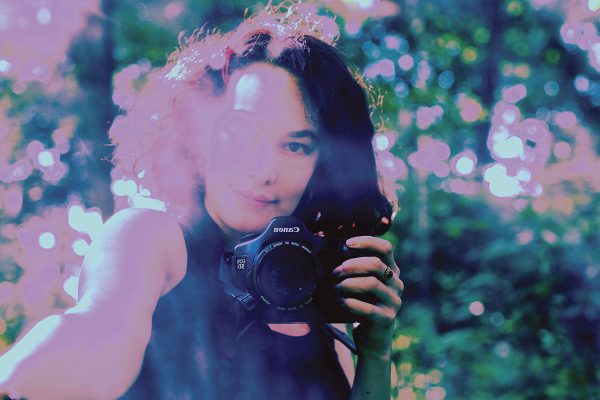On Madelyn Bradley’s Self-Portraits
The self-portrait holds an important place in any artist’s oeuvre because it indicates how they wish to be identified and their legacy remembered. An image which seemed at the time to have only one resonance can develop over a longer period a different and deeper significance, and other frames of reference. An artist’s self-portrait answers the eternal question: How do I want to be remembered through my own eyes after I am gone?
Another issue concerning an artist’s legacy is what defines their signature style or styles. Over her career, like any artist Madelyn Bradley employed specific techniques, she had her signature moves, and a particular range of visual languages she frequently returned to. The self-portrait is a central theme in Bradley’s subject matter. It plays a crucial role and is a key element. She returns to the face again and again. To fully begin to understand all her work you might well start by looking closely at her self-portraits, their significance to her work, and their particular languages.
There are three main types of self-portrait that Bradley works with. There is the “full“ traditional self-portrait, where she is present in the photograph without any outside element that obscures or changes her image. Then there is the more mysterious, semi-revealing self-portrait, where the artist is clearly present but somewhat obscured, or the image is layered in a way that both occludes and yet reveals her presence in a particular way. Then thirdly, there are shadow-plays where the outline of Bradley’s body is identifiably present in the frame but is often two-dimensional, a shadowed silhouette, a cipher.
In the suite of ten self-portraits chosen for this site, Madelyn Bradley works in a variety of these methods.
She moves from direct naturalistic self-portraits to constructed “post-photography” strategies of layering, distancing and estrangement. Each gesture, every element shows an intentionality, a specificity, a choice made signaling Bradley’s awareness & participation in a particular contemporary visual language of what is termed “New Photography.” Every aspect within the framing, the lighting, printing & image presentation is manipulated in a way that contributes to a unified whole. Each element of the photograph is explored & disassembled, refined and then instrumentalized in a particular way as part of this visual lingua franca.
And as stated, in a third series, some works delve deeper into abstraction, shadow-play, and reflection. The artist‘s silhouette is all that reveals her presence/absence.
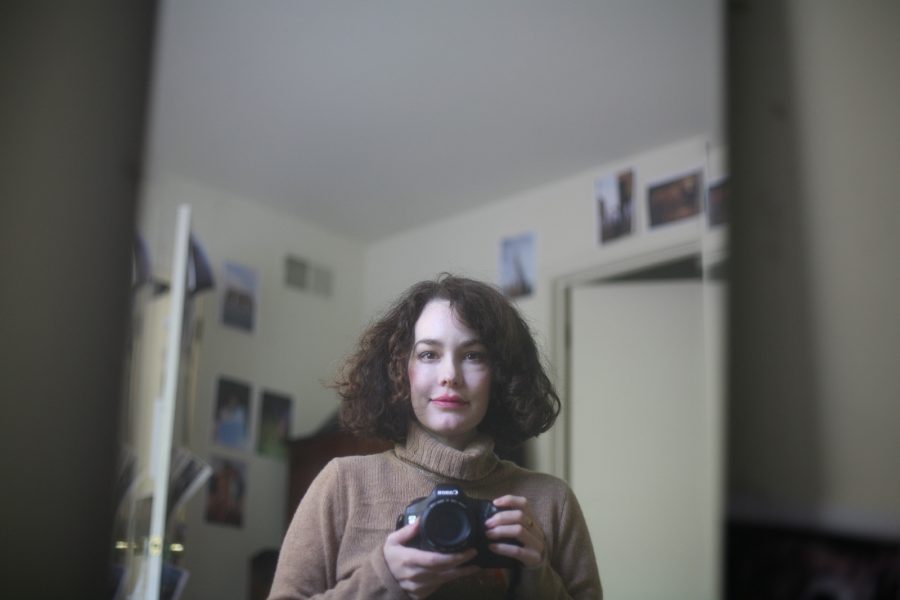
In the first example of a Bradley full-on direct self-portrait, she photographs herself at home in her studio, smiling and looking directly at the camera reflected in a mirror. Her face is fully revealed, lit by daylight. You are drawn in by her disarming and charming smile, her big hair, her hands artfully angling the Canon camera. She has a perfect china-doll face, with a slash of red lipstick, her hair is quite straight in a long heavy-looking slightly disheveled bob, she is dressed casually in a brown roll-neck sweater. You notice images on her studio wall behind her. There is an absolute presence to this photograph. Madelyn looks relaxed, happy, mischievous, engaging, and yet unerringly present and at home in her direct gaze into the camera lens.
In Bradley’s most accessible images, she drops all the games of hide-and-seek. The artist is fully recognizable as herself. She hides nothing. She inhabits the image completely. Richard Avedon famously argued: “You have to capture the eyes in a subject or the photograph’s worthless.” In this image, Madelyn catches her own brown eyes and her direct unflinching but smiling gaze.
However Bradley clearly doesn’t always subscribe to Avedon’s dictum when it comes to her own self-portraits. She is also interested in the in-between spaces of the self-portrait.
In another series, she explores what less traditional types of portraiture can further perform and what interstitial spaces they allow. Each gesture in the making of this type of portrait is focused, studied and uncannily clear in its intention. The theatrical constructed-ness of some of these images deliberately hijacks the notion of any linguistic neutrality we associate with the facticity of the “vernacular image.” She highlights the photograph‘s inherent plasticity by including interruptive elements and mise-en-scène. She reminds the viewer that these days nothing is un-manipulate-able. Any notion of the “real“ in art is shown often to just be a clever fabric of gestures, signs and quotations.
Bradley is intrigued by unpacking the constructedness around how “self-portraiture“ operates, and in particular how the genre of photographs of women and of self-portraiture by women photographers has been performed over history. And a cursory glance at Bradley’s bookshelves reminds one how fascinated she was by the “I” in any portrait photograph. Monographs that Madelyn owned by photographers and art books on related subjects are extensive. It is also clear from her work that Madelyn was well-versed in the history of contemporary photography and in its debates and critiques. She is acutely aware of, and mines, references and works in dialog with what is already known in the field.
In another self-portrait in a mirror, Bradley uses day-glo green and pink plastic lizards and Xmas tree tinsel to create a kind of “Xmas in Santa Fe” effect. She deliberately interrupts any dimensional linear vision within the image. The artist herself is both present and somewhat obscured by these elements. And the camera seems held by her as both totem and weapon. In this image, Bradley has a huge frizz of curly hair which recalls photographs of the Afro of big-haired gun-totting blaxploitation movie star Foxy Brown (Pam Grier) and Black Power activist icon Angela Davis. Here Bradley masterfully plays with the control of visibility/invisibility of her composition. She also appears to reference feminist photography discourses of the 1970s. One text that comes to mind is Laura Mulvey’s oft-quoted critique of the male gaze and the required quality of “to-be-looked-at-ness” that female movie stars have traditionally been expected to exhibit for the camera. Bradley toys with and hijacks the whole “female objectification“ trip and aims the camera back at her audience whilst deliberately partially obscuring herself. “I’m here, but you can only see me through a weave of constructed obstacles.” The viewer strains to catch sight of her behind this synthetic façade. This is a different self-portraiture, the artist herself is present, albeit only half in view.
In another reflected self-portrait, shot through shards of a broken mirror, Bradley cryptically and mysteriously presents/doesn’t present herself for the viewer. She controls the game and she watches the viewer, she constructs and manipulates exactly what you see. You can sort of tell that it’s her in the picture. But she limits your vision concerning how much of her identity you can make out. As if to echo this element of control, one shard of mirror seems pointed up like a switch-blade knife. And clearly, here Bradley deliberately appears again to evoke images of the armed black-girl-with-Afro Sixties archetype and the mythos that surrounds this power figure. Added to this, Bradley reduces her presence in the image to that of a silent watcher looking back into the frame. She is clearly present in the picture but it is as if she makes the viewer consider the power relations the act of looking entails, and also what signs and cues the viewer typically relies upon to decode and unlock an image. This is self-portraiture where the subject is elusive, interrogating the rhetorics of the gaze, resisting submitting to any role-play associated with the camera’s ability to subjectify.
In a third example from these mysterious mytho-poetic semi-self-portraits, Bradley imposes and reflects the shadow of her own smiling face onto that of a lion‘s head in a zoo. At first glance her head seems to be reflected in the glass wall separating the viewer from the zoo enclosure. Bradley’s face appears small, superimposed, placed right between the lion’s eyes. Images of tigers and lions reoccur frequently throughout Bradley‘s work. By layering her own image onto the big cats of the jungle it seems as if she identifies with their animal power and their untamable strength.
In the third type of self-portrait, Bradley appears in the image only as a silhouette, a shadow that is part of but not always central to the image. In a series of swimming pool shots, Bradley and her camera peer into a pool as if looking for clues in its mysterious depths. Sometimes the pool water is stagnant and green, other times the shadow of her dress seems to dance in the pristine clean clear aqua-blue ripples and sunlight. The pool seems emblematic for Bradley of the seasons’ changes. This last series of images is possibly the most mysterious of Bradley’s works, and the least easy to fully interpret. The water is sometimes inviting, and at other times it seems murky and forbidding. A swimming pool is traditionally a place of peaceful contemplation but this pool seems also full of dark shadows. One wonders what is lurking for Madelyn beneath these watery depths?
Over her life Madelyn Bradley left us an incredible range of work as her legacy. As we can witness in her self-portraits, she had a restless hunger to challenge and refine her vision. She is completely unafraid to explore the full possibilities of photography. Madelyn does not limit herself to only working in one technique for any subject. She is a pluralist, always interested in finding and mutating languages, and then hybridizing these new techniques across her subjects in ever-inventive ways. What makes her so fascinating to study as an artist is that she is both a perfectionist in all her levels of technical concentration and focused intention, and yet simultaneously she is a dreamer wide open to exploring and looking to find her vision in the most unusual places and ways.
Self portraits
Image galleries:
An Overview
Dolls
Self Portraits
Portraits
Abstraction
Text by Rupert Goldsworthy
Rupert Goldsworthy is a writer, curator and artist based in NYC. His books include “CONSUMING//TERROR: Images of the Baader-Meinhof” (DMV, 2009) and “Corrupt and Obscene” (forthcoming). He has written about contemporary art and photography for the magazines Art in America, Artcritical, Artnet, Brooklyn Rail, Camera Austria, Contemporary Practices, Fantom Editions, Sculpture, and /seconds. He holds a Masters in Studio Art and a PhD in Art Education/Visual Culture from NYU. He has taught at New York University, Pratt Institute, School of Visual Arts, Parsons School of Design The New School and the International Center for Photography, NYC.
